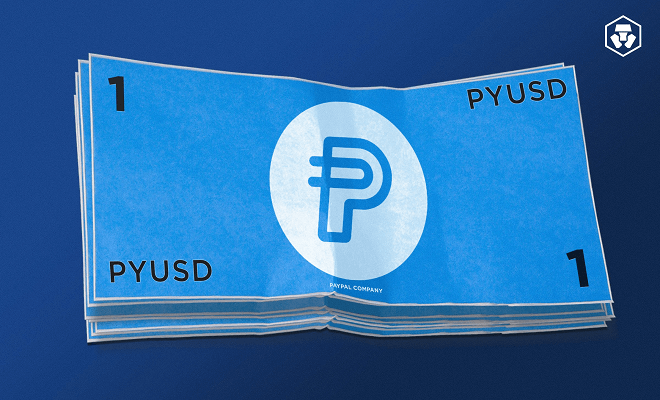The supply of PayPal’s U.S. dollar-pegged stablecoin, PYUSD, on the Solana blockchain has exceeded its supply on the Ethereum network.
Since its launch on Solana in May 2024, the supply of PYUSD tokens on Solana has reached over 377 million, surpassing the 356 million tokens on Ethereum.
PYUSD launched in August 2023 as an Ethereum-based stablecoin, fully backed by assets like dollars and US Treasurys.
Compared to Ethereum, Solana offers lower transaction fees and higher throughput, which could make it a more efficient option for payments. For instance, PayPal’s cross-border service, Xoom, now allows users to transfer PYUSD for remittances.
The stablecoin quickly gained traction, with its supply reaching 230 million by the end of 2023. The total supply of PYUSD has since tripled, now exceeding 733 million tokens across both networks.
– Advertisement –
PYUSD’s expansion to Solana has seen notable growth, especially with Solana-based decentralized exchanges like Jupiter and Orca incorporating the stablecoin into their liquidity pools. This growth on Solana, combined with the widespread use of USDC and USDT, has led to an increasing supply of PYUSD on the network.
PYUSD’s adoption on centralized exchanges such as Crypto.com and its integration into decentralized finance protocols like Curve and Frax have also contributed to the stablecoin’s growth over the past year.
With a market capitalization of $733 million, PayPal’s PYUSD ranks as the fourth-largest centralized stablecoin, following Tether (USDT), Circle (USDC), and First Digital (FUSD), which have market caps of $120 billion and $36 billion, respectively.
In the early months of 2024, PayPal USD had shown promising growth, with its circulation reaching highs of $304 million in February and $301 million in January. However, despite the cryptocurrency market’s overall rally in March, which saw Bitcoin reaching new all-time highs, PYUSD’s market capitalization began to decline from late February after peaking at $312 million on February 26.
This news is republished from another source. You can check the original article here










